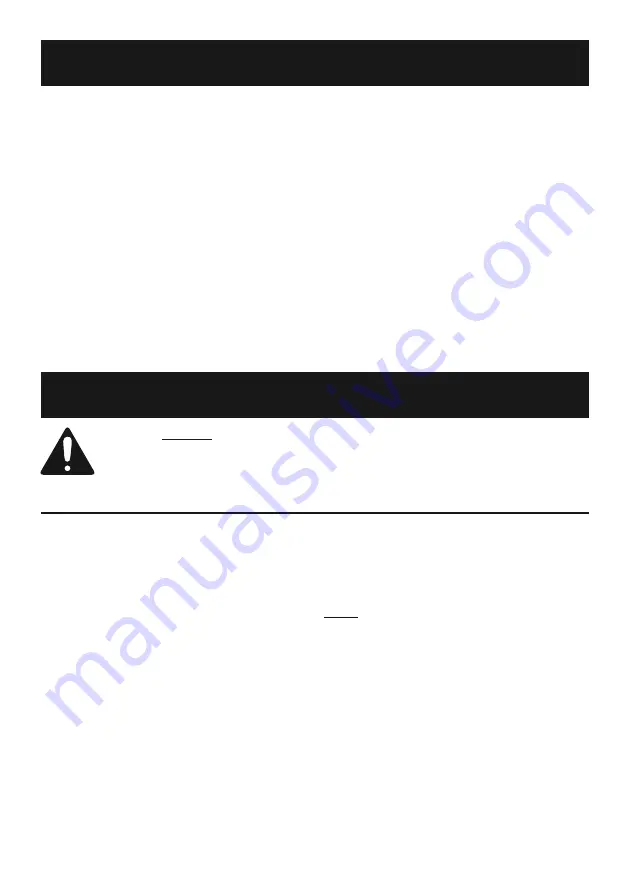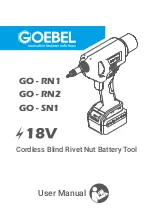
Page 4
For technical questions, please call 1-888-866-5797.
Item 63391
Setup Instructions
1. Open the Cup (3).
2. Seat the O-ring (11) completely into
the groove in the top of the Cup.
3. Remove the shipping spacer that
prevents the Vacuum Pump (1) handle
from moving through its full range.
4. Cover the inlet of the Vacuum Pump
with something such as a plastic bag.
To prevent injury, DO NOT USE
YOUR SKIN TO PLUG THE INLET.
Operate the pump several times to
create the vacuum. The vacuum
should not decrease quickly. If air
is entering through the vacuum
release valve, tighten it. After the
pump properly holds a vacuum,
press in the Pump’s vacuum release
valve to release the vacuum.
Set the plastic bag aside.
5. The vacuum pump should
now be ready for use.
Operating Instructions
Read the ENTIRE IMPORTANT SAFETY INFORMATION section at the
beginning of this document including all text under subheadings therein
before set up or use of this product.
Vacuum System Testing
1. Position the vehicle in a flat, level
outdoor area. Set the parking
brake and chock the tires.
2. Attach a 23" Hose (4) to
the Vacuum Pump (1).
3. Attach the other end of the Hose to
the vacuum system. Keep clear of
parts that will move or get hot while
an assistant starts the engine.
Wait until the vacuum reading
stabilizes and compare it to the
manufacturer’s specification.
4. After obtaining a measurement,
shut off the engine.
5. A low or unstable vacuum reading
may mean a vacuum leak,
vacuum line blockage, cylinder
sealing problems, incorrect valve/
ignition timing, or other issues.
Note:
Vehicle vacuum systems will
differ. Consult the vehicle’s service
manual for proper testing procedures.
6. After testing is complete, disconnect
the Vacuum Pump and Hose,
remove any plugs or clamps
and secure all vacuum lines.


























